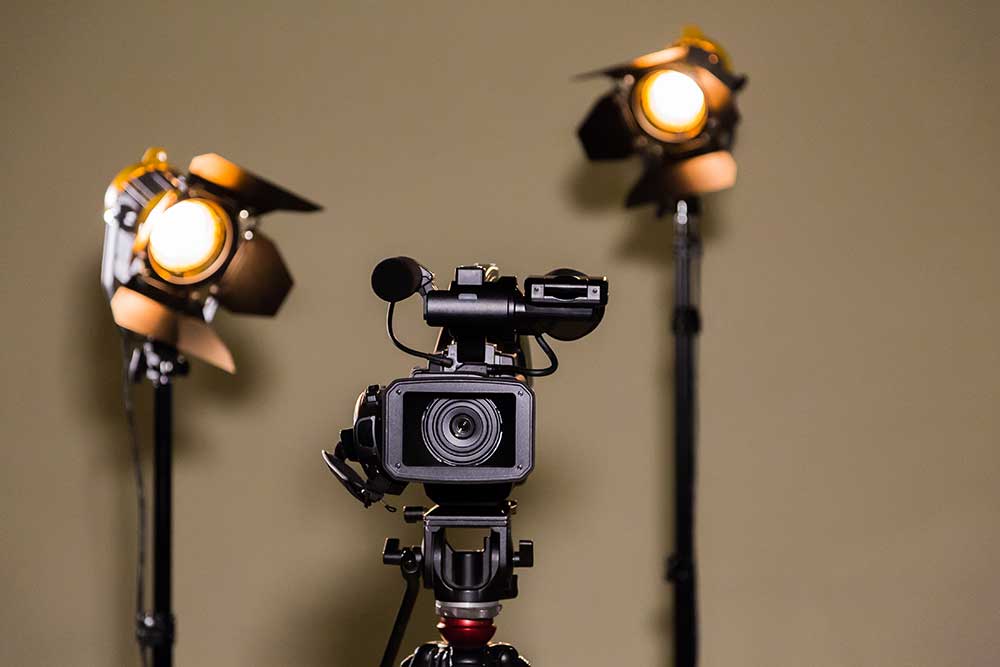Why Lawful Videography Is Necessary for Accurate Legal Record-Keeping
In the realm of lawful process, the accuracy of record-keeping is critical, and lawful videography arises as an important tool in this context. As we discover the diverse benefits of legal videography, one need to consider its ramifications for the future of judicial honesty and transparency.
Importance of Visual Proof
Developing the importance of aesthetic proof in lawful proceedings is critical for ensuring accurate record-keeping and boosting the total honesty of the judicial procedure. Aesthetic evidence functions as a vital device in recording occasions, problems, and various other essential information that may be important to a case. Unlike created accounts, which are susceptible to analysis and predisposition, visual recordings offer an objective, unalterable depiction of realities as they took place.


This kind of proof can catch a selection of aspects, including witness behavior, ecological context, and physical evidence, every one of which may affect judicial outcomes. By providing a clear and detailed aesthetic story, lawful videography removes ambiguity and helps to maintain the credibility of the proof.
Additionally, visual evidence can be critical in reducing disputes over valid discrepancies, as it permits a direct contrast against testament and various other recorded documents. In an age where electronic innovation is increasingly prevalent, the capacity to present visual evidence successfully can substantially improve the general top quality of legal procedures. Ultimately, the consolidation of aesthetic evidence not only boosts the paperwork procedure but also reinforces public rely on the judicial system by advertising openness and liability.
Enhancing Testament Integrity
The integration of lawful videography into court proceedings considerably boosts the trustworthiness of witness testament. By capturing the nuances of spoken and non-verbal communication, video clip recordings offer a more extensive depiction of a witness's attitude, feelings, and reliability. This aesthetic documentation enables jurors to observe the witness's body language, face expressions, and general behavior, which are crucial components that can affect their understanding of statement credibility.
Moreover, legal videography minimizes the potential for misinterpretation or distortion of statement that may happen in composed transcripts. Customers can see and listen to the testimony as it existed, guaranteeing that the context and tone are maintained. This credibility cultivates a better feeling of depend on among jurors, that might be more likely to think statement that they can witness firsthand.
Furthermore, the visibility of video footage can deter witnesses from providing misleading or exaggerated declarations, as they are aware that their testament is being taped. This responsibility reinforces the stability of the judicial process. Inevitably, legal videography acts as a crucial device in guaranteeing that witness testimony is not just properly shown however additionally watched with enhanced integrity by all events included.
Comprehensive Record Conservation
Comprehensive document conservation is important for preserving the integrity of lawful process. Lawful videography functions as an essential device in this procedure, supplying an accurate visual and acoustic account of testaments, depositions, and other zero hours in an instance. Unlike standard written records, video recordings capture the nuances of body language, tone, and feeling, which are crucial for recognizing the context and intent behind declarations made during legal proceedings.

Furthermore, the ability to examine video clip evidence allows Look At This lawyers to identify critical details that might have been forgotten in created documents. By preserving a thorough archive of legal proceedings via videography, law office can promote the greatest requirements of precision and liability, eventually adding to a fairer judicial procedure.
Enhancing Legal Process
Simplifying lawful proceedings is vital for improving performance and lowering hold-ups within the judicial system. Legal videography functions as a pivotal device in achieving this goal by offering clear and precise visual documentation of court hearings, depositions, and statements. This technology allows for real-time recording, making sure that all spoken and non-verbal cues are caught, which can facilitate quicker resolution of disputes.
The assimilation of videography right into legal procedures minimizes reliance on typical approaches, such as lengthy records, which can be taxing to generate and evaluate. By having actually access to taped video footage, lawyers can quickly reference key minutes, improving their ability to prepare and present situations efficiently. This immediacy likewise helps in the making clear of statements, decreasing the find more information potential for misconception.
Additionally, aesthetic paperwork promotes an extra appealing courtroom experience for jurors, aiding them to understand intricate details quicker. Inevitably, legal videography streamlines communication among all parties involved, from attorneys to judges to jurors, therefore promoting an extra efficient judicial procedure (legal videography). In an age where time is of the significance, welcoming this modern technology is vital for the contemporary legal landscape
Admissibility in Court
Exact documentation is crucial not just for efficiency however additionally for making certain that evidence is acceptable in court. Legal videography offers as an essential device in this procedure, giving a reputable aesthetic document of testaments, statements, and events.
To be regarded acceptable, lawful videography must stick to established protocols, such as proper websites tools use, proper lights, and clear sound capture. Furthermore, it is important to have qualified videographers who recognize the legal needs bordering evidence collection. The chain of custodianship need to also be maintained to stop any claims of meddling or change.
In addition, lawful videography can improve the persuasiveness of evidence by offering jurors with a direct sight of the testament, permitting a more engaged understanding of the situation. In summary, the assimilation of legal videography right into record-keeping not only sustains efficiency but also strengthens the stability and admissibility of proof in court process.
Conclusion
In conclusion, lawful videography plays a pivotal function in making certain accurate legal record-keeping by offering objective visual paperwork. Ultimately, the incorporation of legal videography into the judicial procedure advertises openness and boosts public count on in the honesty of the lawful system.